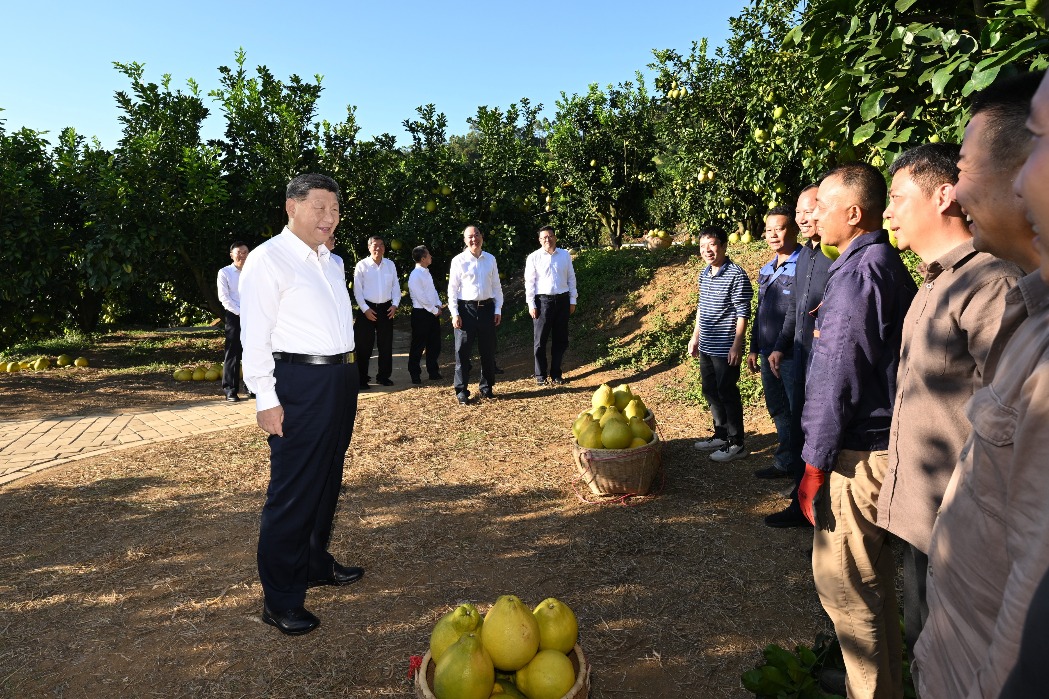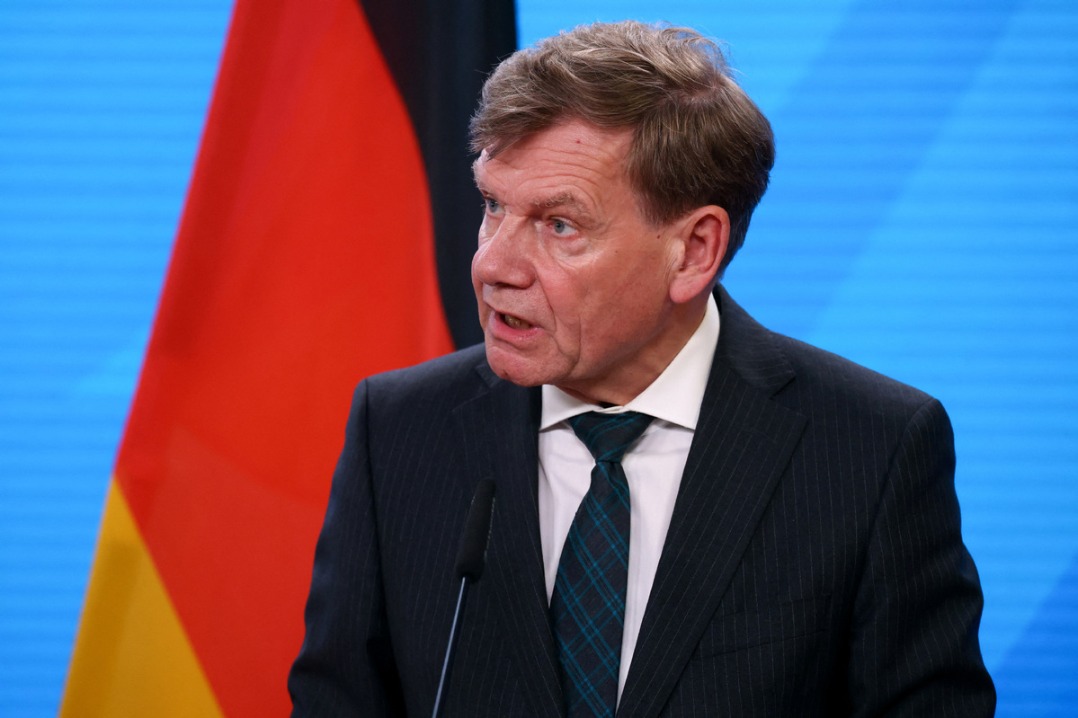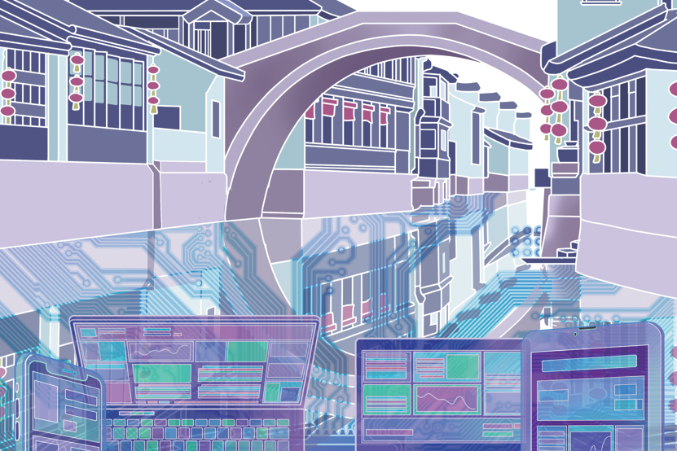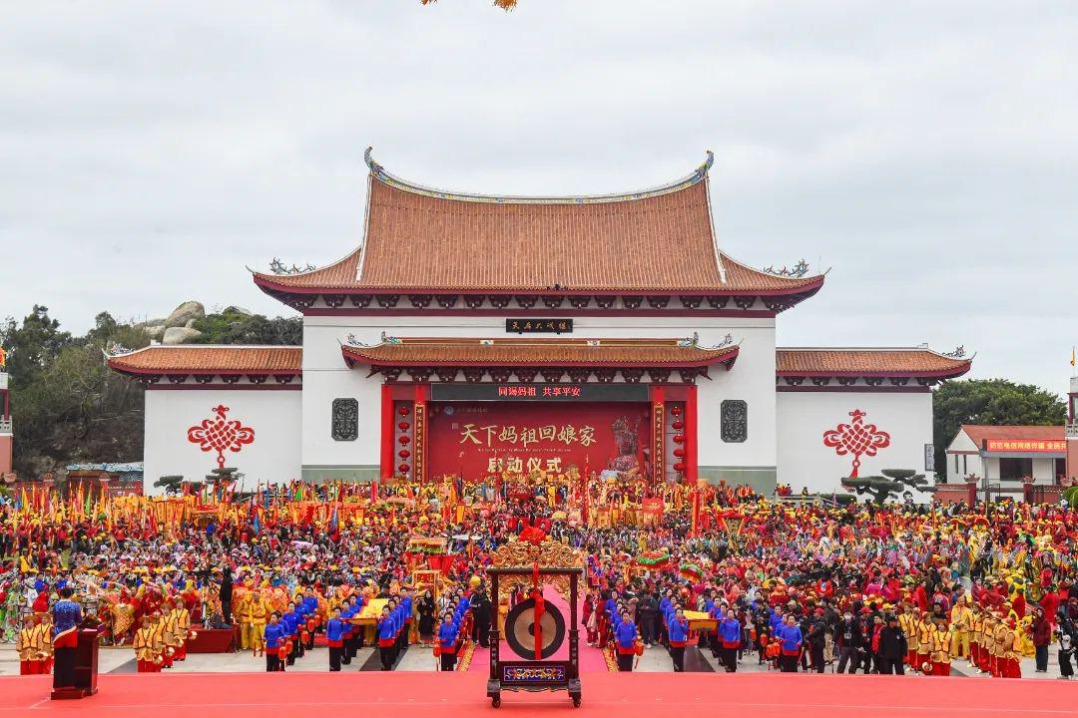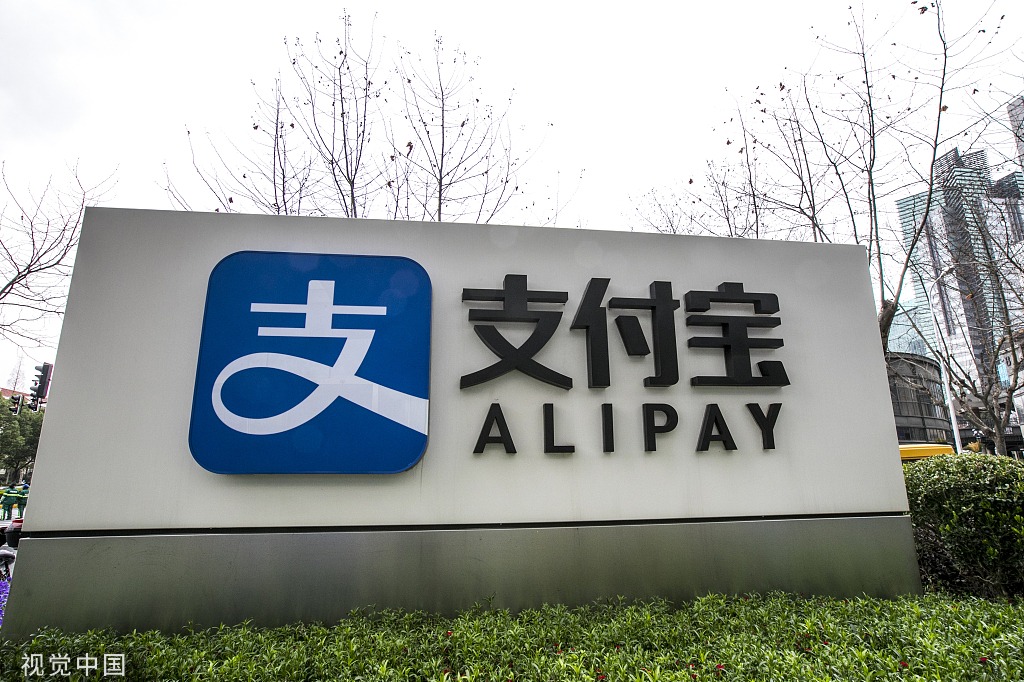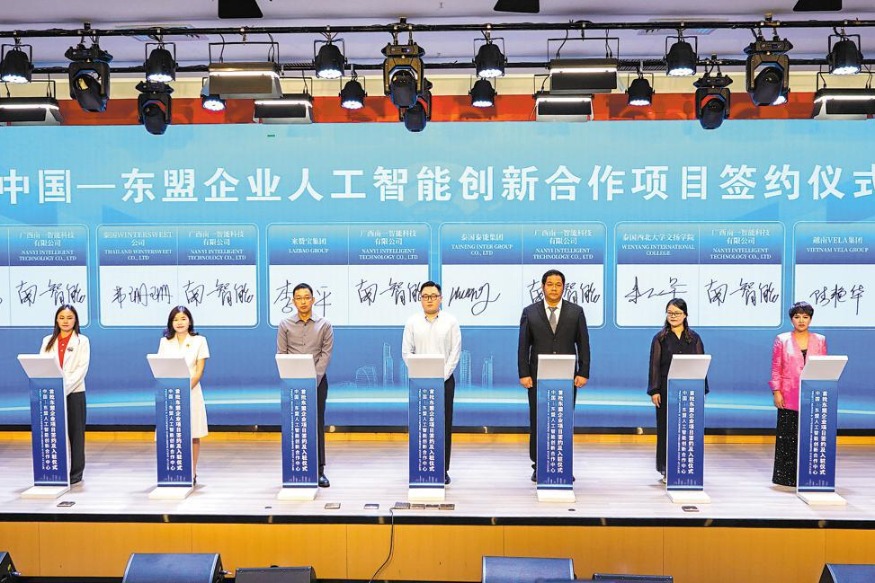Bolstering the Belt and Road Initiative through green finance

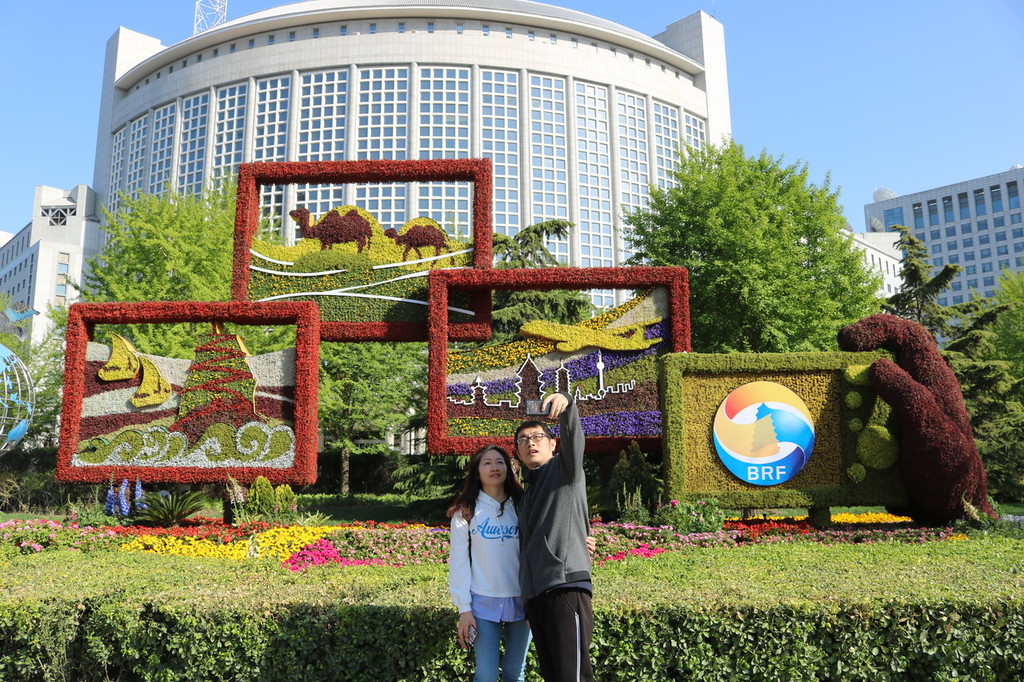
This year, the Ministry of Ecology and Environment, together with four other ministries, released the "Guidance on Promoting a Green Belt and Road". Realizing this ambition requires green finance-the full range of financial services that support the transformation to an environmentally and climate-friendly economy.
Green finance in China has seen strong development based on the "Guidelines for Establishing a Green Financial System" published by the People's Bank of China (the country's central bank) and six other government agencies in 2016. In 2018, the Chinese green bond market became the second largest in the world-after the United States-with the issuance of $30 billion.
Scaling and accelerating these experiences to greening the Belt and Road Initiative is a long-term but achievable goal. Failing to green the Belt and Road would have potentially catastrophic climate impacts.
Unique chance to promote green tech development
Using green finance to green the Belt and Road is a unique opportunity to scale green technological development in the more than 100 participating Belt and Road countries. Since it was proposed in 2013, the initiative has seen investments in many sectors, particularly in energy (about 38 percent) and transport (about 27 percent), according to data from the American Enterprise Institute.
As the energy and transport sectors are the two biggest emitters of greenhouse gases worldwide, accounting for about 50 percent and 20 percent, respectively, of the total emissions in 2014, as per International Energy Association data, reducing emissions from these two sectors, while providing new economic growth opportunities, is one of the main challenges and opportunities for Belt and Road green finance.
With significant investments in green energy technology, energy production has seen a green revolution. According to a study by Lazard, the annualized levelized cost of energy for solar photovoltaic and wind energy have dropped by 88 percent and 69 percent, respectively, from 2009 to 2018, while the costs for coal and nuclear power have increased by 9 percent and 23 percent, respectively.
Chinese investments have contributed to the technological advances and price drops in green energy with companies such as Goldwind and United Power in wind turbines, Trina Solar and Yingli Solar in solar energy, and BYD and Huawei in energy storage and management. Investing in green energy technologies, and making them available to participating Belt and Road economies would generate green energy at affordable prices.
Similar to successful financing of green energy, investments in the transport sector are leading to a green mobility revolution: Electrification, automation, sharing mobility and digitalization are already changing the way people and goods are transported.
However, compared with energy, green finance for transportation is more complex, for two reasons. First, green mobility still has a higher price tag than traditional mobility: paved roads are cheaper than subway tunnels, investments in private mobility companies have higher financial returns than in public transportation, and freight companies make money by delivering billions of packages from online shopping.
Consumers need to make informed choices
Second, investing in green transport involves more complex stakeholder interactions: creating policy incentives for green finance in mobility involves not only investors and operators, but also has an impact on daily consumer choices. While consumers don't experience the difference between green and traditional energy when powering their refrigerator, they need to make a choice between a greener bus and a less green car-which directly impacts the risks for and returns on green investments.
Greening transport therefore requires a complex mixture of green finance and green policy. According to the World Bank, combining finance and policy would make green transport investments both cheaper and less risky, lowering green transport investment needs from about $1,060 billion to about $417 billion per year in emerging economies.
China has accumulated experience in mixing policy and finance for green transport and developed leading green mobility technologies, particularly in electric vehicles' mobility. These experiences, for example from Shenzhen that financed and now operates 17,000 electric buses and 4,600 electric taxis, or from China Railway Corporation that invested in the construction and operation of the 29,000-kilometer high-speed rail network, can be useful for greening the BRI.
Challenges for green finance
Many investors have more experiences in evaluating risks and returns of older rather than new technologies. Accordingly, a World Resources Institute study found that between 2014 and 2017, about 60 percent of energy projects in participating Belt and Road economies financed by the China Development Bank and the Export and Import Bank of China went to traditional coal and gas-fired power plants, and only 15 percent to renewable energy projects (the rest went to nuclear energy and energy transmission projects).
Another challenge to finance a green Belt and Road is disparities in green and sustainable finance taxonomy. For example, while the National Development and Reform Commission's Chinese green industry catalogue includes green coal and Chinese Belt and Road investments adhere to the host country principle that let's Belt and Road countries decide on their own energy generation technologies, Western green finance principles don't include coal.
Finally, many government policies don't fully incentivize green finance. For example, governments in China, Russia and Egypt continue to subsidize fossil fuel consumption, while incentives for green technologies are often changing in the short term, and pricing mechanisms for greenhouse gas emissions are mostly lacking.
Greening the Belt and Road is a long-term project that requires immediate action. If Chinese and international funds are used on green technologies with greater priority in the Belt and Road countries, they would definitely have a big positive impact on green growth. These green investments would in turn allow BRI countries to avoid the brown trap of emission-intense infrastructure, and help them to leapfrog to a green and more prosperous development.
Yao Wang is director-general of the International Institute of Green Finance, Central University of Finance and Economics, Beijing, and Christoph Nedopil Wang is director of Green Belt and Road Initiative, International Institute of Green Finance at the same university.




















